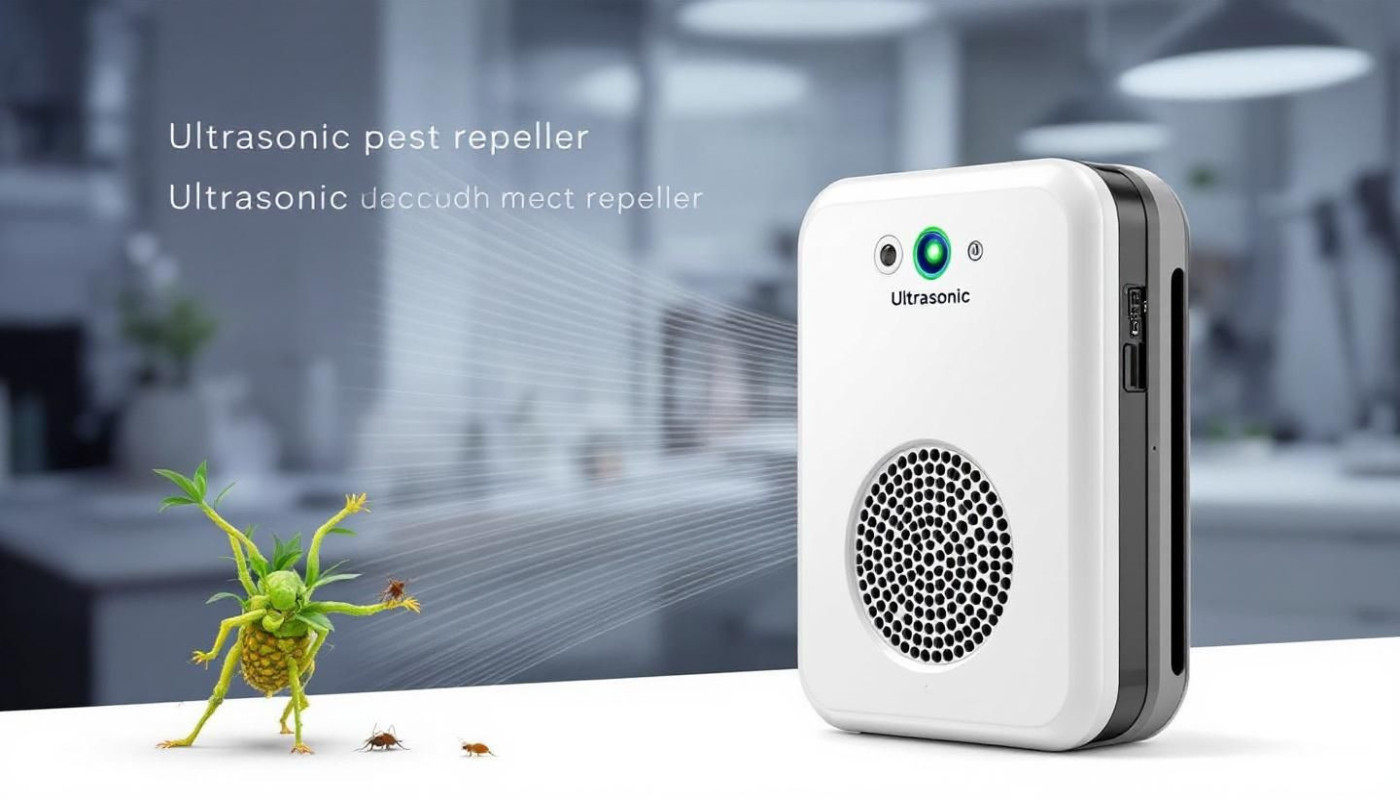Table of contents
In this ever-evolving world, the importance of nature and its calming influence on our lives is increasingly gaining recognition. As more people seek ways to bring the allure of the outdoors into their living spaces, biophilic design has emerged as a popular trend in architecture and interior design. This article delves into Biophilic Design: Nature's Appeal Indoors—an innovative approach that integrates natural elements like plants, light, textures into our homes and workspaces for enhanced well-being and productivity. Discover how you can transform your indoor environment with this sustainable concept that not only elevates aesthetics but also promotes holistic health.
Understanding Biophilic Design
Biophilic Design is an innovative discipline that strategically incorporates nature into the architectural domain. Stemming from the concept of 'Biophilia', this design approach leverages the inherent human affinity for nature and incorporates elements like indoor greenery, natural patterns, and organic forms into the built environment. This not only optimizes aesthetic appeal but also promotes well-being and sustainability. Biophilic design is a key component of sustainable architecture, with the goal of creating spaces that are environmentally friendly and energy efficient. So, when you come across nature-inspired interior designs, be it in homes or workplaces, it's the biophilic design principles at work.
The Essential Elements of Biophilic Design
Any discussion around biophilic design must incorporate an understanding of its core elements. Fundamentally, these are components that serve to bring the outdoors in, creating a seamless connection with nature. A critical aspect of this is 'Daylighting', the practice of using natural light to illuminate indoor spaces. This not only reduces reliance on artificial lighting but also fosters a more vibrant, tranquil ambiance.
Another important part of biophilic design is the use of 'Tactile Materials'. This involves incorporating materials like wood and stone into the interior design. These natural textures engage our innate connection to the earth and can stimulate a sense of calm and well-being.
Furthermore, 'Vegetation in Interiors' is a significant aspect of biophilic design. Strategically placed indoor plants can purify air, reduce stress levels, and even improve concentration. In addition to this, plants can also serve as beautiful and calming visual elements in any space.
Last but not least, 'Organic Forms' are also an integral part of biophilic design. These are shapes and forms found in nature, such as curved lines or patterns that mimic tree branches or waves. By incorporating these forms into your interior design, you can further enhance the connection to nature that biophilic design seeks to foster.
The Benefits of Incorporating Nature Indoors through Biophilic Design
When it comes to creating wellness-oriented spaces, the role of biophilic design cannot be overstated. By merging the indoors with elements of the outdoors, biophilic design plays a pivotal role in enhancing our connection to our natural surroundings. A key benefit of this approach lies in the significant influence it has on mental health. Incorporating elements of nature indoors aids in stress reduction, creating a calming ambiance that facilitates relaxation, and consequently, improves psychological wellbeing.
In addition to fostering tranquility and serenity, biophilic design also bolsters productivity. A working environment that resonates with natural elements can help reduce fatigue and increase alertness, thereby fostering a climate conducive to efficiency and productivity. This aspect is particularly beneficial in workplaces, where increased productivity is a constant objective.
Furthermore, plants act as natural air purifiers, removing harmful toxins and increasing oxygen levels in the environment. Improved air quality is another benefit of incorporating nature indoors through biophilic design, contributing to healthier living and working spaces. In conclusion, by creating a sense of connection with nature, biophilic design not only enhances the visual appeal of indoor spaces but also promotes mental wellbeing, increases productivity, and improves air quality, making it an integral aspect of modern design strategies.
Similar

Exploring The Effectiveness And Safety Of Ultrasonic Pest Repellers

Exploring The Rise Of Urban Culture Through Graffiti Wall Art

Smart Homes: The Future of Energy Saving

Micro Living: Maximizing Small Spaces

Unseen Beauty: The Aesthetics of Soundproofing

